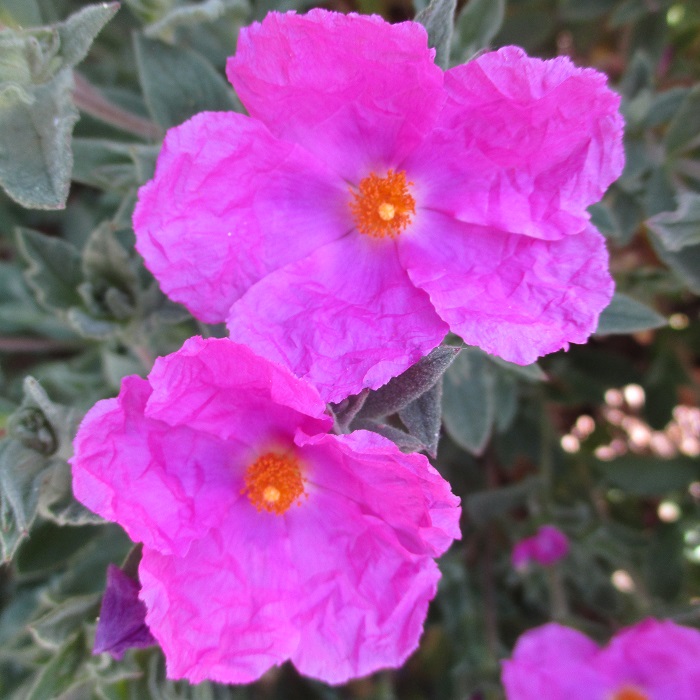UNITED STATES—For several years in the late 1960 and early 1970s, European white birch were trendy. Most lived in ubiquitous groups of three. Where three did not fit, a single multi trunk tree, typically with three trunks, was a popular option. Each multi trunk tree provided as many trunks as a few single trunk trees. For these particular white birch, the elegant white trunks were their most appealing feature.
Multi trunk trees, which are popularly known as ‘multis,’ are only structurally different from their counterparts with single trunks. Multi trunk crape myrtle are genetically identical to crape myrtle of the same cultivar, but with single trunks. The only difference is that multi trunk trees branch at ground level, instead of at the top of a single straight trunk. Each needs to be pruned to the desired form.
Multi trunk birch, paperbark and lemon gum exhibit appealing bark. More trunks display more bark than single trunks. Multi trunk strawberry tree, olive and oak exhibit appealingly sculptural form. Cork oak and crape myrtle provide both appealing bark and sculptural form. Silk tree, acacia and deciduous magnolia display their bloom more effectively with lower and broader multi trunk form.
How does a tree become a multi?
Trees get help to develop into a desired form. European white birch, lemon gum and silk tree are more likely to develop single trunks naturally. Coppicing compels them to regenerate with several trunks. Conversely, olive, crape myrtle and strawberry tree develop a few trunks naturally. Single trunk trees need thinning to remove the superfluous trunks, and staking to straighten a single trunk.
In home gardens, multi trunk trees sometimes evolve from overgrown shrubbery. Pineapple guava may be shrubby for may years before lower growth gets pruned away to reveal sculptural trunks within. English laurel that gets too overgrown for containment pruning might become a delightful multi trunk tree instead. It will be pleased to grow freely from the top if lower growth gets pruned off.
Multi trunk trees are no more natural than trees with single trunks are, but they seem to be.
Highlight: Rockrose
The first bloom is the best. At least it is purported to be. Many of us who are familiar with any cultivar of rockrose, Cistus, might disagree. Bloom begins in spring and continues through summer. The most profuse bloom can be anytime within that range. Some cultivars bloom sporadically, but continually. Others bloom in more distinct phases. Cultivars that start later can bloom into autumn.
Bloom is white, pale pink, rich pink or purplish pink. Individual flowers have five petals and fuzzy centers. Flowers of some of the older cultivars have a prominent rusty red spot at the base of each petal. Smaller flowers are more profuse than larger flowers. The small evergreen leaves of most rockrose are somewhat grayish, with a matte finish. Foliage is aromatic when disturbed or warm.
Most rockrose are appreciated for their low and mounding form. If arranged in a row, they can grow into an artificial berm. Most get at least three times broader than tall. Few get taller than three feet. They all appreciate warm exposure. Once established they do not need much watering. Unfortunately, most rockrose do not live much longer than five years. Few survive more than 10 years.
Horticulturist Tony Tomeo can be contacted at tonytomeo.com.






